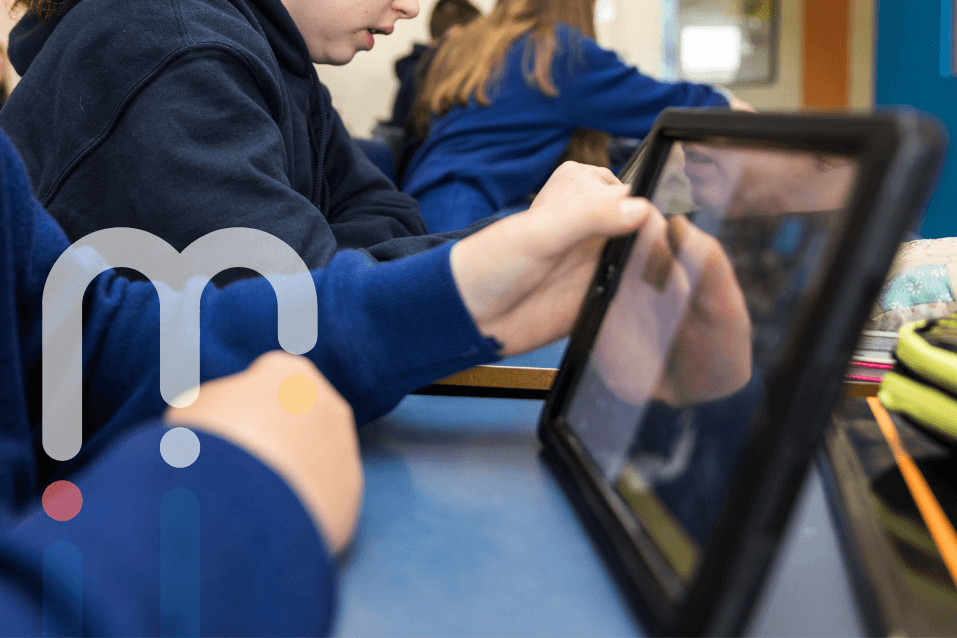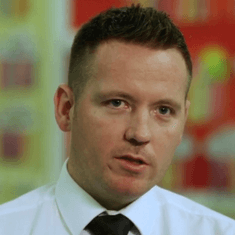By Michael O’ Kane
Overview
With the focus of schools, teachers and school leaders on trying to navigate through the extremely choppy waters of teaching through the Covid19 pandemic, I have been pleasantly surprised to see how many schools are celebrating EU CodeWeek, which runs from the 10th to the 25th October this year. It is one of my favourite times of year (after Christmas!), and it really is a great starting point to ensure that your students develop key coding skills which will be immensely important to them in their future careers.
The Seamless Integration of Coding across the Curriculum
Coding in the classroom does not have to be a separate lesson held at the same time every week. It can be integrated easily into lessons right across the curriculum, from the early years right through to Leaving Certificate. For 7-year-old children, this could involve using the Scratch Jr app to build a project about Neil Armstrong landing on The Moon. 11-12-year-olds could use Swift Playgrounds to program a Sphero ball to replicate the spread of the potato blight microorganisms, which had a devastating impact in Ireland and across Europe in the 1840s. 13-14-year-olds could program an immersive augmented reality project with Swift Playgrounds, where they explore the anatomy of a helium atom.
Coding, too many people, may seem like a foreign concept, but in fact, it permeates our everyday lives, mostly without us even realising it! For example, children throughout school learning about daily routines and sequences which they complete over and over again or learning to play a simple piece of music on the tin whistle are, without knowing it, learning the concepts of coding. All of these repeated actions and giving and following instructions are the same key concepts students will need to understand and apply in order to code.
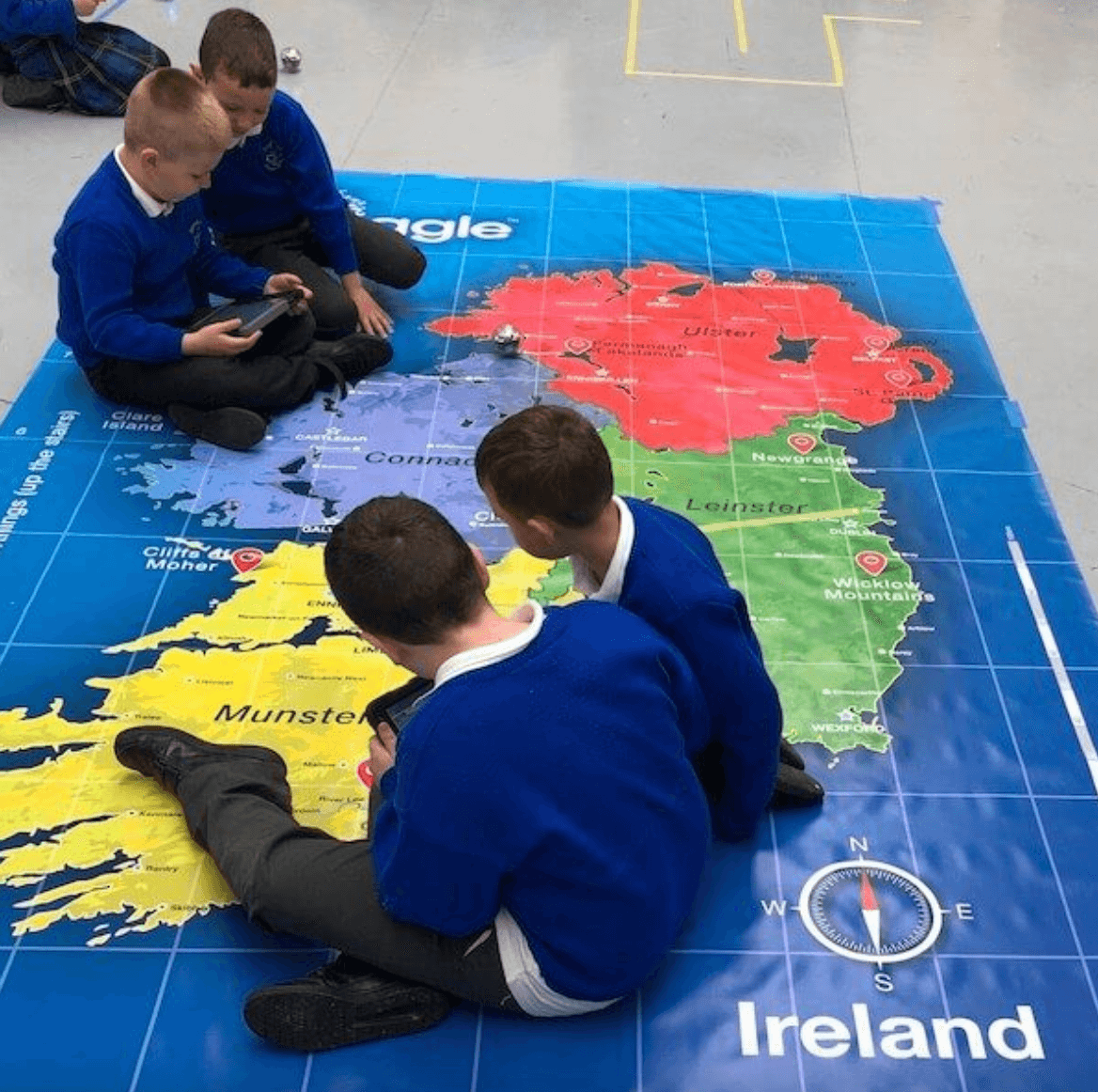
Coding Support for Teachers
In order to teach students coding, computational thinking, logical thinking and problem-solving skills, teachers need to have the time and support to develop their own confidence in coding and their ability to embed these activities into an already packed curriculum.
Luckily there is no shortage of excellent curriculum programmes which will do just that, such as code.org, Scratch, Tynker, Sphero, and the Everyone Can Code curriculum from Apple. These programmes give teachers enough tools and resources to ensure that coding is just not confined to two weeks in October or to Computer Science Education Week in December. In fact, in Apple’s superb Everyone Can Code curriculum alone, there are hundreds of hours of lessons, activities, keynotes and books for teachers with sufficient content and ideas to teach coding and computer science right through from the early years to University level and beyond!
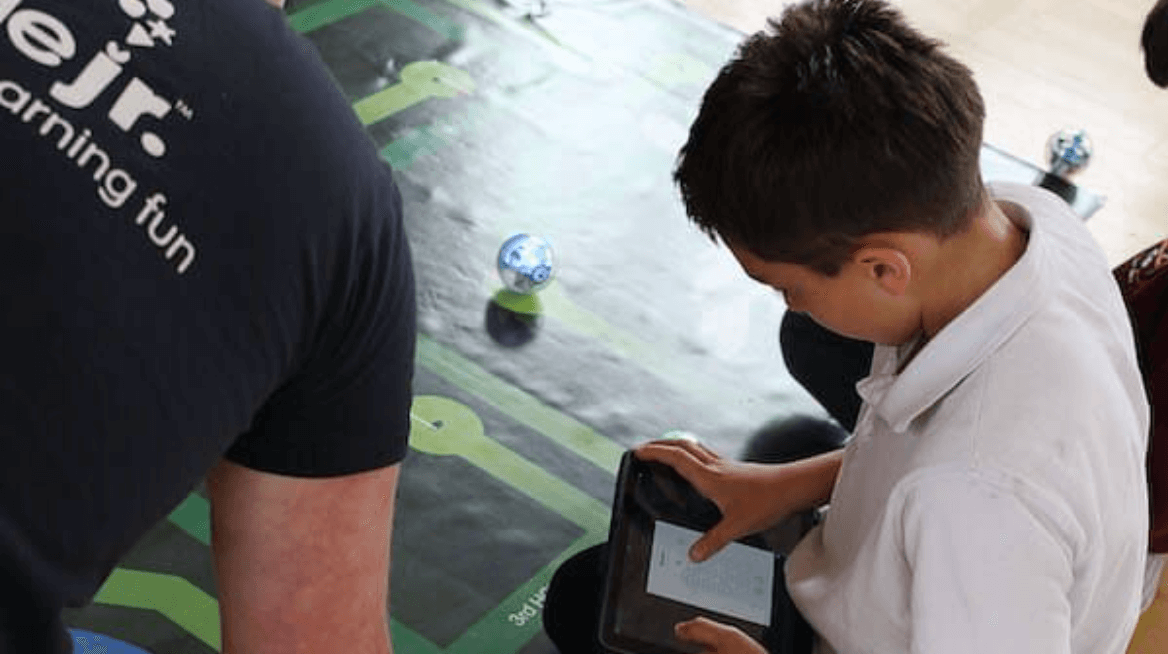
Coding Resources and Ideas
In order to teach students coding, computational thinking, logical thinking and problem-solving skills, teachers need to have the time and support to develop their own confidence in coding and their ability to embed these activities into an already packed curriculum.
Luckily there is no shortage of excellent curriculum programmes which will do just that, such as code.org, Scratch, Tynker, Sphero, and the Everyone Can Code curriculum from Apple. These programmes give teachers enough tools and resources to ensure that coding is just not confined to two weeks in October or to Computer Science Education Week in December. In fact, in Apple’s superb Everyone Can Code curriculum alone, there are hundreds of hours of lessons, activities, keynotes and books for teachers with sufficient content and ideas to teach coding and computer science right through from the early years to University level and beyond!
With so many brilliant coding tools and resources available to teachers, here are some examples of how they can be used:
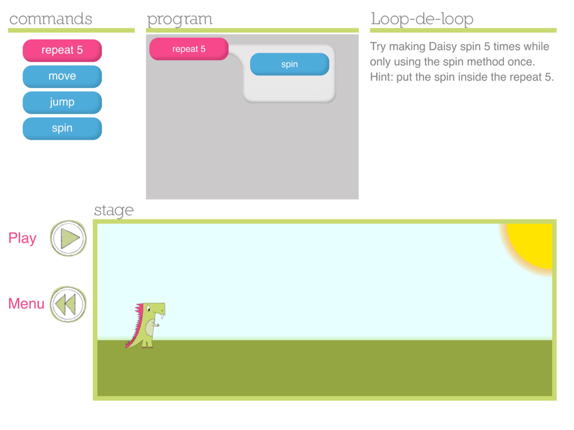
Early Years
Children in the early years could use the Daisy the Dinosaur app to learn about commands and instructions and how to put these in order to make Daisy the Dinosaur move. By using this app on iPad, children are beginning to think about computational thinking and logical thinking, and they are also completing their first lines of code using block-based code!
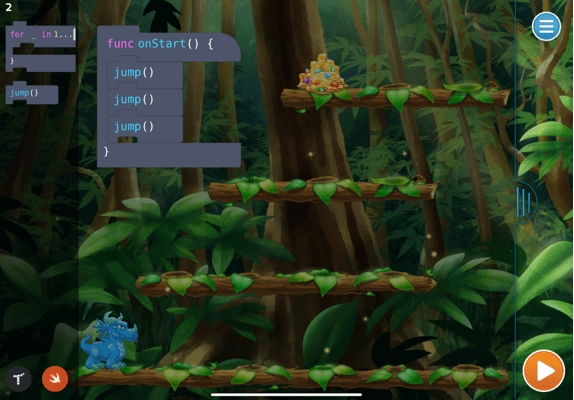
Primary School
Tynker is another absolutely fantastic app which works well on a number of devices. There are lots of puzzles to complete with code, as well as a canvas for the students to create their own original coding projects. The great thing about this is that it begins to make children aware of text-based coding, and it integrates block-based coding with the Swift coding language, the same coding language used to create thousands of the most popular apps we use every day! To assist with this, students can switch from Tynker blocks for block-based coding to using Swift language alongside these blocks to build up their knowledge of it. Children around ages 5-11 can use Swift code to learn about coding concepts like commands, repeats for loops and conditional code.
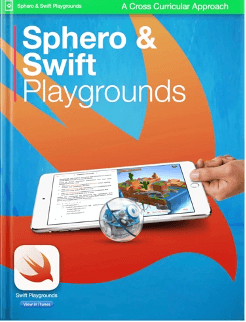
Primary to Early Post-Primary School
Sphero is a fantastic device which allows children to explore coding and robotics right across the curriculum. In the free book above, available here on the Apple Book Store, teachers have access to a number of lessons which link to music, mathematics, arts and literacy. Schools could also invest in the brilliant Sphero Ireland Mat to help children learn about coding concepts while exploring the geography and history of our country.
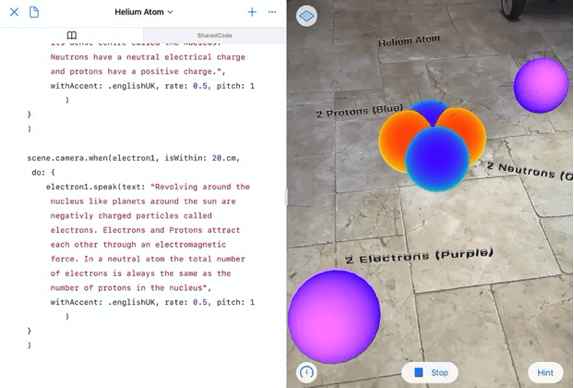
Primary school to Late Post-Primary School
Swift Playgrounds is a wonderful app which teaches children how to code using the Swift coding language. Students start off by solving puzzles and problems which programme the character Byte to move around a digital world, all while learning about concepts like commands, functions and nested loops. Students can then go further by learning to create their own custom projects, similar to those created by app developers. They can even program their own immersive augmented reality worlds (as shown above).
